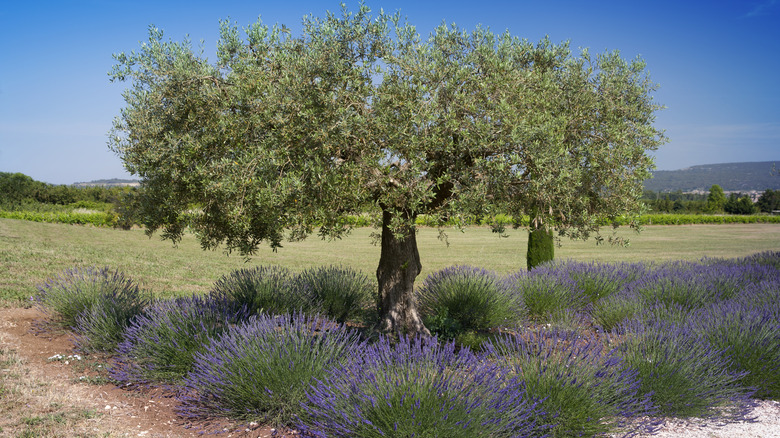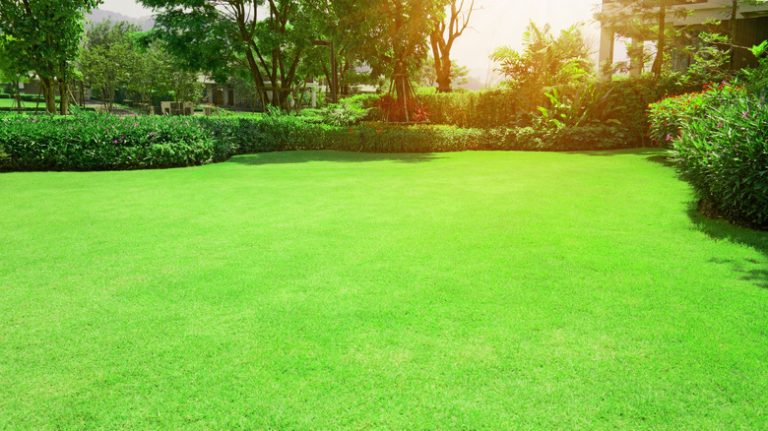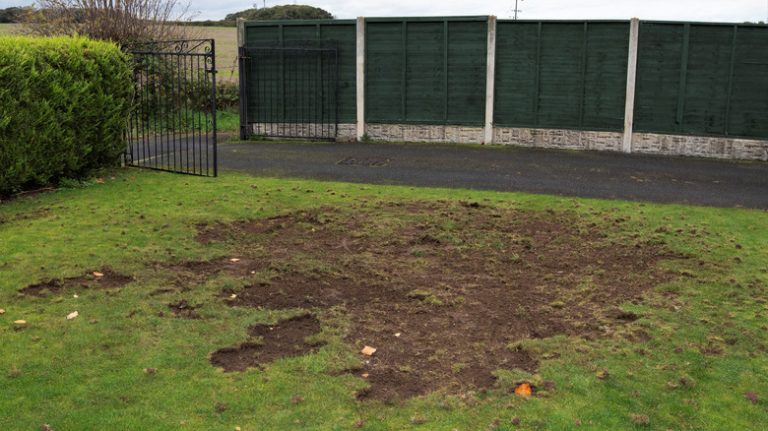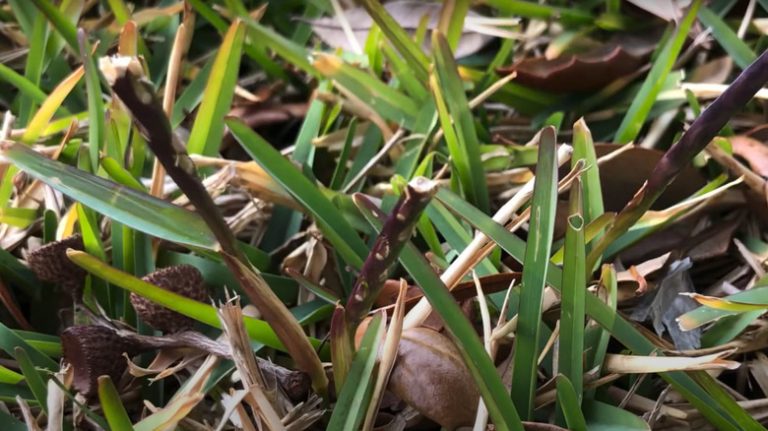Choosing native plants for landscape instead of traditional grass is a great way to add a pop of color to your space, while also benefiting surrounding plants and their natural habitat. One ground cover that has a bushy and colorful look and keeps the ecosystem healthy is lavender. Lavender is an evergreen plant with silver-green leaves and small purple flowers on its spiked stems that grow to about one to three feet tall. It is known to be a calming herb, and produces a magnificent aroma that benefits both human health and surrounding plants. The herb is drought-tolerant and grows in abundance in Mediterranean climates.
When choosing the best spot in your garden to plant lavender, it is beneficial to keep companion planting in mind. One of the best tree species that pairs well with lavender is the magnificent olive tree. If you’re lucky enough to live where olive trees are grown, companion planting is a sustainable way to help your olive trees thrive, and the lavender will add character to your landscaping.
Lavender improves soil structure and protects crops from unwanted insects
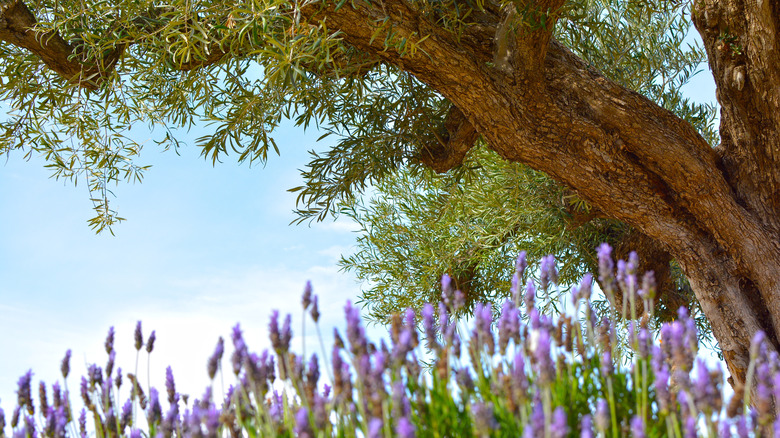
Many olive farmers choose to plant lavender in their olive orchards due to the herb’s natural abilities to improve soil health and soil structure, as well as increase water retention in the ground and nutrient absorption. Further, lavender’s potent smell acts as a natural pest repellant, and is an eco-friendly way to keep unwanted bugs out of your garden. Olive trees are susceptible to pests such as the olive fruit fly and wooly aphids. Rows of lavender are often planted in between olive trees, keeping unwanted pests away.
As for beneficial insects, the aroma of lavender attracts pollinators such as bees and butterflies. Although olive trees are wind-pollinated, meaning they don’t need bees, bees are known to use the pollen from the flowers as a source of food, which benefits bee populations and surrounding plants.
Lavender is low maintenance and prefers the same growing requirements as olive trees
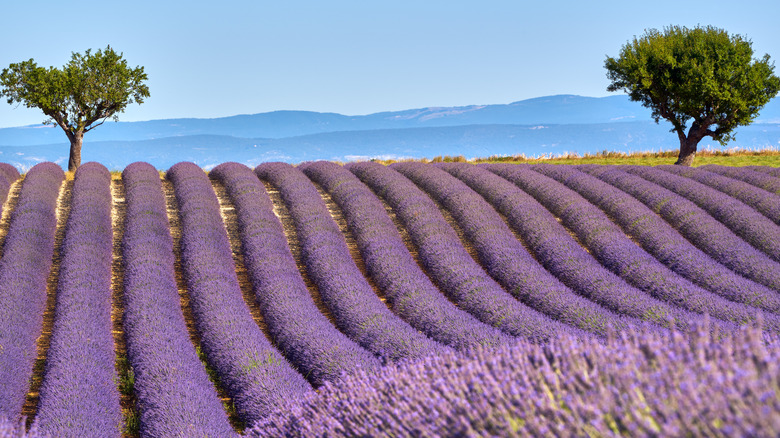
From a landscape design point of view, the green leaves of an olive tree complement the purple flowers of lavender underneath the tree. The colorful herb grows up to three feet tall and will carpet the ground underneath your olive tree, providing a Mediterranean feel. On the other hand, even if your olive tree is potted, the tree can be a great statement piece for an entryway or patio that receives full sun, and lavender can be placed nearby in other pots.
Olive trees and lavender both prefer well-drained soil that’s alkaline with a pH around 6.5 and grow best in regions with hot summers and mild winters. Olive trees do not like to have wet roots and prefer good drainage like lavender, and both plants need little water. Lavender is a low-maintenance perennial plant that will keep growing back year after year — it only needs to be watered every two weeks.
Olive trees are incredibly beautiful and have been known to live for over a thousand years. The drought-friendly tree thrives in warm Mediterranean climates in Hardiness Zones eight to ten and can be found in abundance in places such as Napa Valley, California. The drought-tolerant tree does not need to be watered and usually starts bearing fruit at five years of age producing around 400 pounds of olives each year. As you probably know, the fruit is good for you to eat — loaded with antioxidants, healthy fats, and is high in vitamin E. Olives are a mainstay ingredient in Mediterranean cuisine and can be cooked in dishes or pressed into olive oil.

